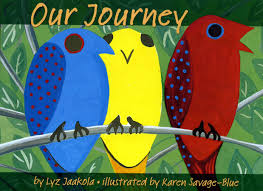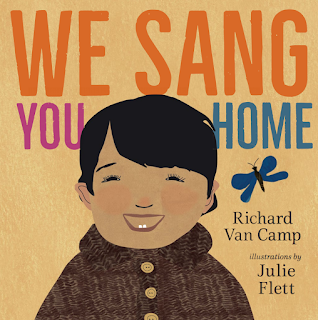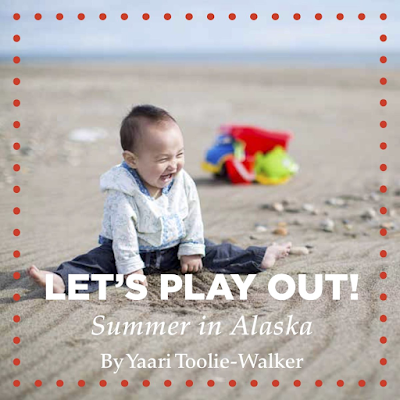In February 2011, I wrote about learning that a group of boy scouts from Louisiana who had been at Nambe Pueblo (that's where I'm from) to study our dances with the intent of performing them in Louisiana. I pointed out that I don't think the scouts would go to a Catholic mass, study the priest and then perform what he did. Our dances are sacred, just like the prayers offered by a priest.
Maybe (I say, with hope) those scouts did not know they were being insensitive. That is probably because they've been in the scouting program for several years where they did all kinds of "Indian" activities that, bit-by-bit, made them unaware that those activities are inappropriate.
When we tell our stories, for example, we don't tell them around a campfire as a means of entertainment. They--like stories from the Bible--are significant to us in some way. In American society, however, they aren't seen as religious stories. Instead, they're "myths" and "legends" and "folktales" that anyone can tell, anytime they want to, as shown in this page from The Berenstain Bears Go To Camp published in 1982. At the time of its publication, the review in Reading Teacher said
"Though Grizzly Bob's Day Camp looks exciting, Brother and Sister Bear are apprehensive. But after spending a few days trying things out, they discover they can have fun."A chunk of that fun means doing Indian things. Or, in other words, playing Indian. On the page shown here, the cubs are gathered round as Grizzly Bob tells them a story. The clothing Grizzly Bob wears and the way he stands reflect stereotypical pop culture images of Indians.
You can see that sort of stereotypical imagery on things like council patches of the Boy Scouts of America. In Studying Native America: Problems and Prospects (1998 Univ of Wisconsin Press), Russell Thornton writes (p. 299):
Of all the institutions in American society, the Boy Scouts of America have probably done the most damage in miseducating the public about Native American cultures. Although their "Indian Lore" merit badge has recently experienced a dramatic improvement through the advice of anthropologist David Hurst Thomas, the honorary society called Order of the Arrow annually initiatives thousands of boys into the martial, romantic version of Indian culture through ceremonies drawn from the writings of Longfellow and James Fenimore Cooper."I agree with Thornton but my net is a bit wider. I think the camps children go to each summer are equally responsible. The Boy Scouts of America creates space for this sort of play-Indian activity to continue. The Y-Indian Princess program is similarly problematic. As Thornton says, the BSA has made some changes. So has the Y-Indian Princess program. But, this sort of thing continues, especially in summer camps. Every semester, students in my courses tell me about the summer camps they went to and how they played Indian. After studying American Indians---real ones, not the images of pop culture---they see the summer camp activities in a different light. Some call them embarrassing; others call them racist.
So... are your kids going to Summer Camp? Will you be attentive to the stereotypical activities sanctioned by the camp? Will you say anything, to your children or to the camp? I hope so, because studies show that stereotypical images like these mis-educate children and that they have a negative effect on the self-esteem of Native children. Two good reasons, don't you think, to stop doing this sort of thing?





















